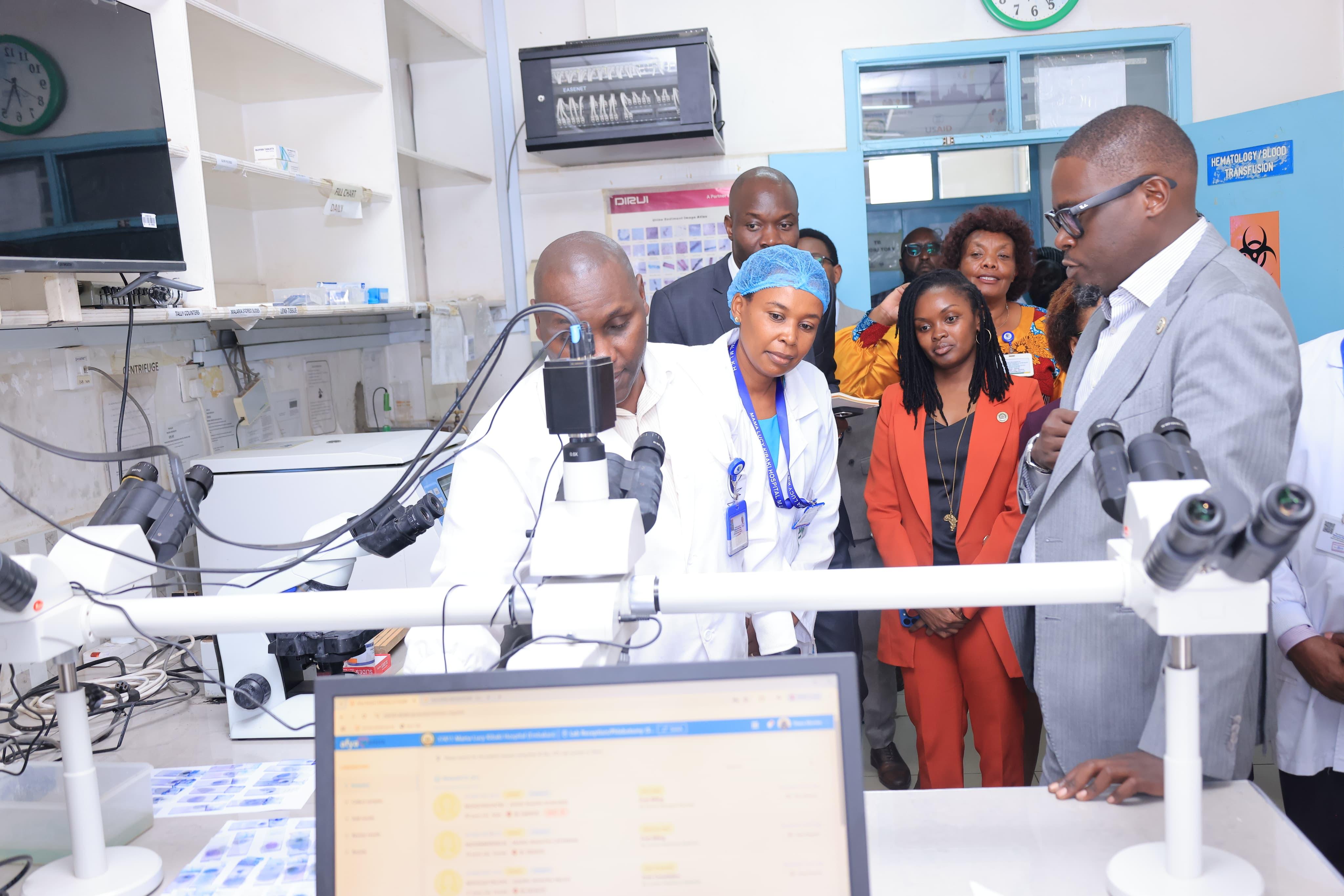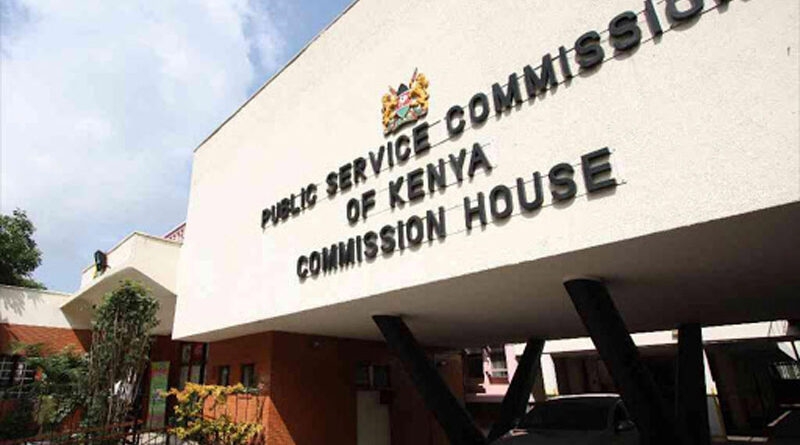
Recruiting substantive chief executives above medical
superintendents to manage Level 5 hospitals in Nairobi has improved their
efficiency, leading to full absorption of all revenue they generate and earning
a clean bill of health from the Controller of Budget.
According to Governor Johnson Sakaja, the recent report from
the Controller of Budget’s office indicating full absorption of the Facility
Improvement Financing by all medical facilities in the county was a result of
proper running by the CEOs appointed above the medical superintendents.
The Controller of Budget indicates that the county collected
Sh1.4 billion through the Facility Improvement Financing (FIF) scheme, fully
retained and used at source in line with the Facility Improvement Financing
Act, 2023.
The FIF funds are generated by the facilities from patients,
and they are allowed to use them to improve operations for the benefit of the
public.
The report notes that all 59 county health facilities
achieved 100 per cent utilisation of their approved Sh1.5 billion allocation.
In previous years, facilities often struggled to absorb allocations,
forcing them to return funds to City Hall for eventual reporting to the
Controller of Budget.
These funds were additional to the original budget and have
helped strengthen the health sector.
The reforms have also ensured predictable financing for
hospitals, giving management teams room to plan for priority needs such as
equipment purchases, staffing support and facility upgrades without long
bureaucratic delays.
Some of the facilities in question include Mbagathi, Mama
Lucy, Pumwani and Mama Margaret Uhuru, and the milestone has been hailed as a
reflection of disciplined financial management and better service delivery.
The report shows the county also processed Sh850.44 million
in Social Health Insurance Fund claims, releasing Sh548.89 million to
facilities.
Sakaja attributed the improvements to leadership changes in
Level 5 hospitals.
“We restructured the board membership and created the
position of CEO above the medical superintendent. The superintendent now deputises
the CEO. Previously, Level 5 hospitals were run solely by a medical
superintendent," he said.
"Ever since these changes were made, there has been
exceptional transformation in the hospitals, with service delivery improving
significantly and operations running more smoothly,” he added.
Sources at City Hall indicate that the administration is
keen to replicate the model of leadership to all the Level 4 facilities to
improve management of their resources and strengthen efficiency.
This model is different from the practice in other counties where the medical superintendent is the senior most administrator of the
facilities, like in Thika Level 5, where besides the professional medical
obligations, the medical superintendent has to provide administrative
leadership.
But in the Nairobi case, the CEOs are full time
administrators who are not bogged down by additional professional obligations.
Under the new structure, each Level 4 facility will now be
headed by a Chief Executive Officer, replacing the former role of medical
superintendent, to further enhance management and service delivery.
This step has eased the financial burden of running
hospitals, even as outstanding balances from the former NHIF remain unresolved.
Development spending across the sector has also risen
sharply, increasing by 50.6 per cent to Sh4.09 billion, the report says,
supporting expansion of infrastructure and delivery of healthcare services to
Nairobi’s growing population.
INSTANT ANALYSIS
Nairobi’s hospitals are finally absorbing every shilling they raise, thanks to a leadership shake-up that placed CEOs above medical superintendents. The shift signals tighter financial discipline and a model City Hall now wants to cascade to all facilities.
















